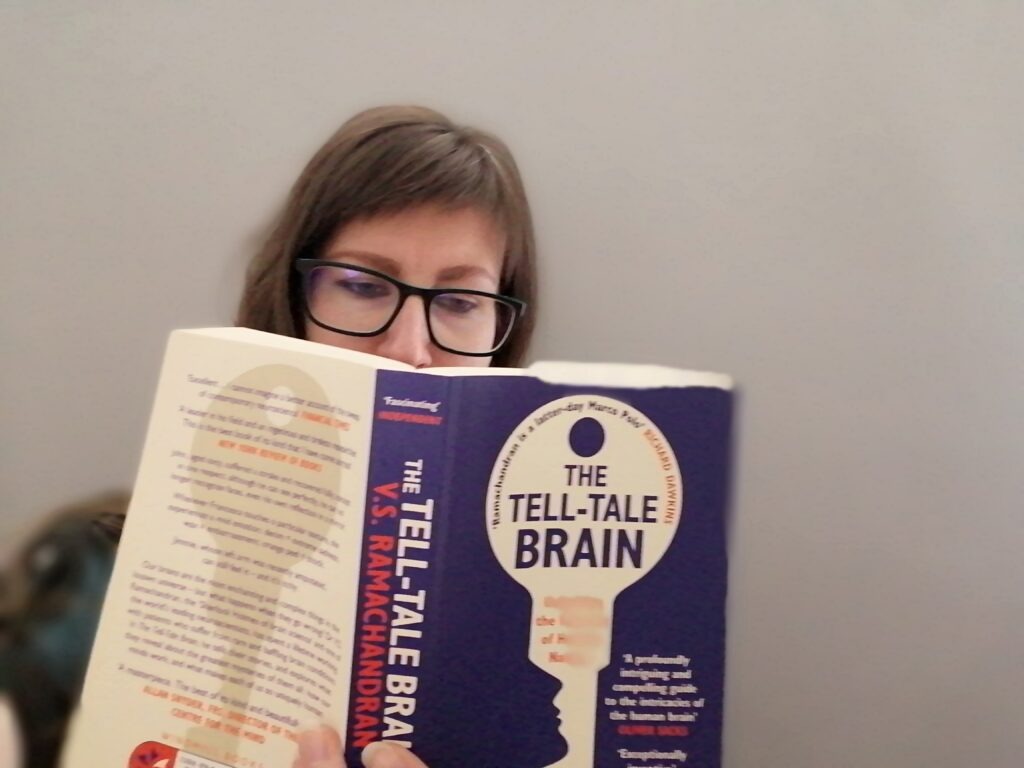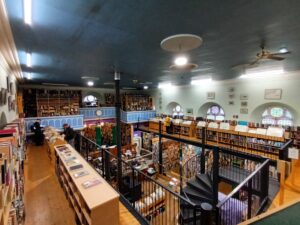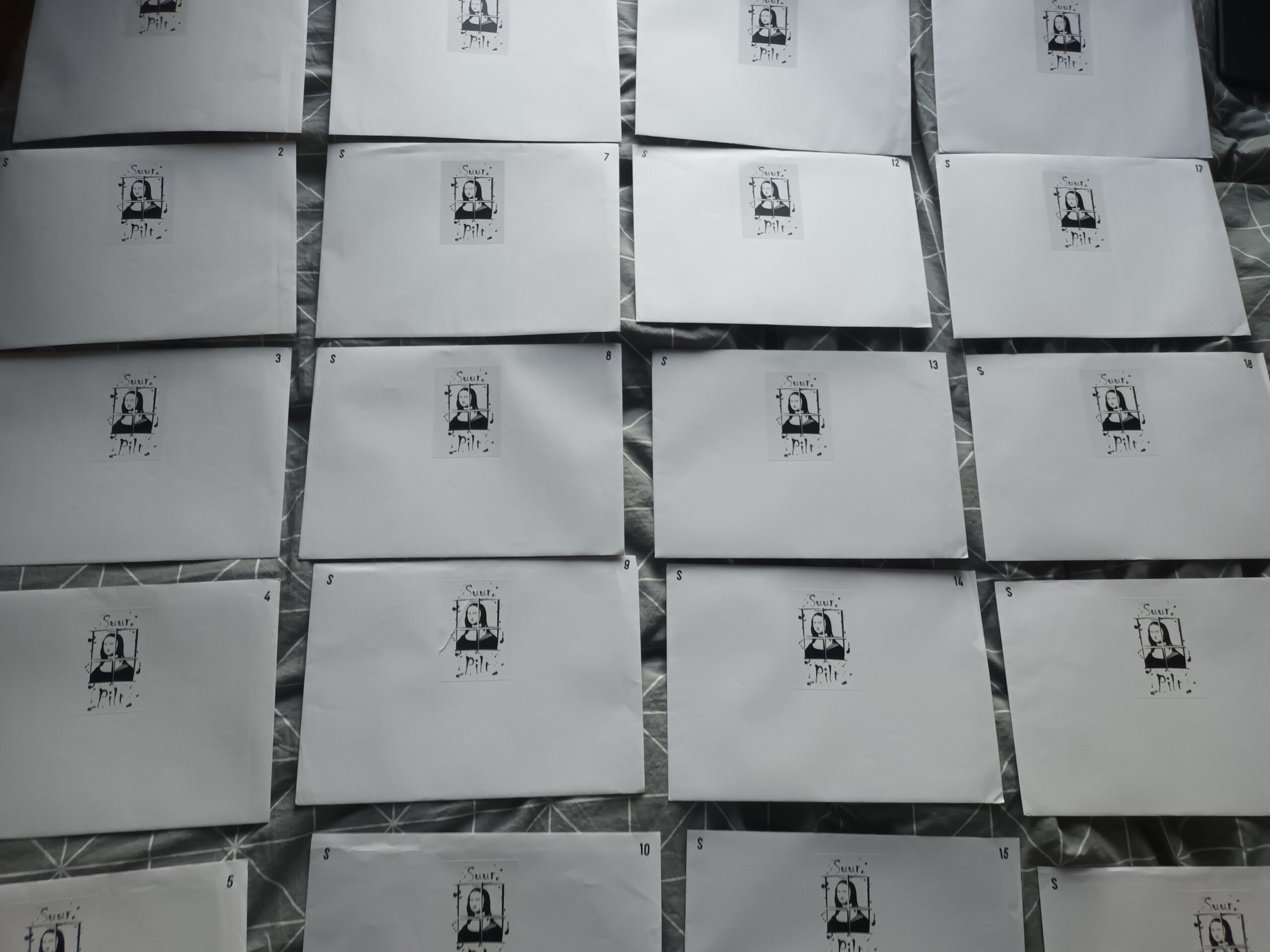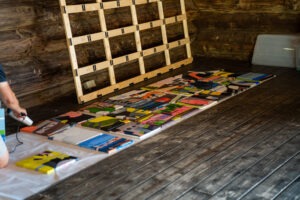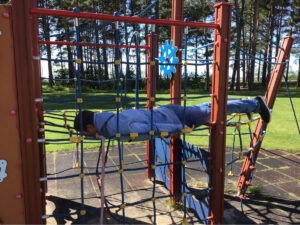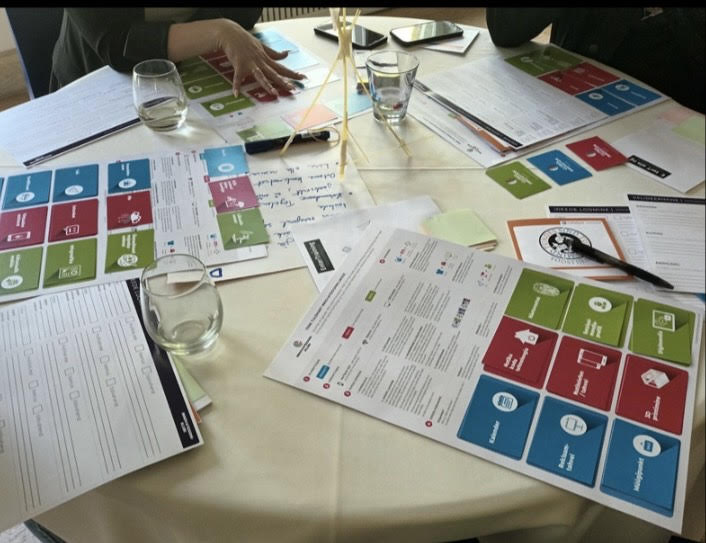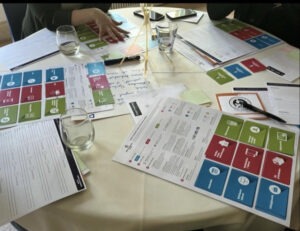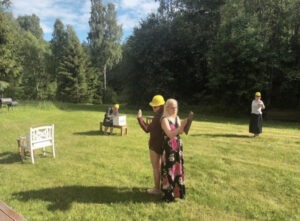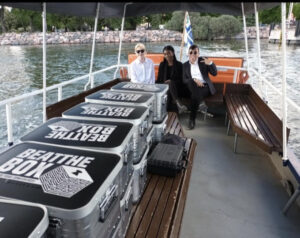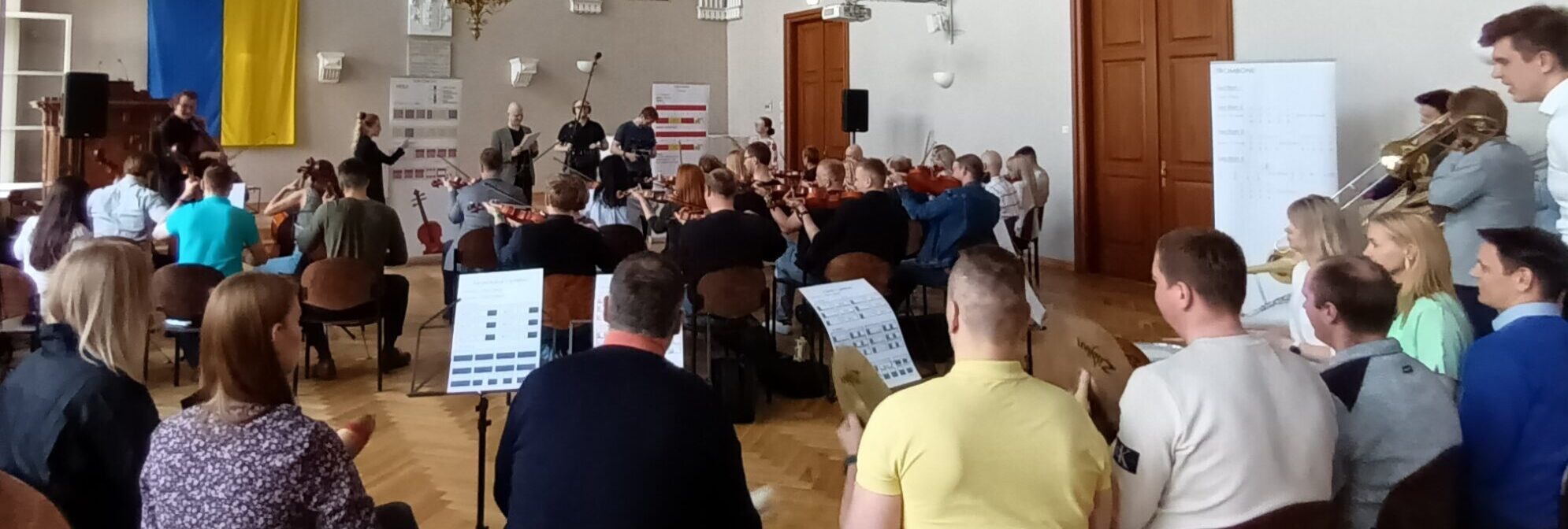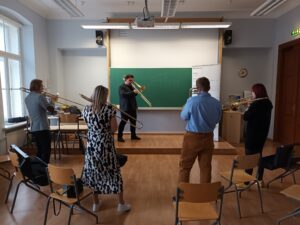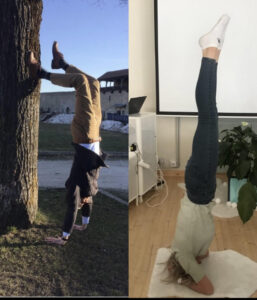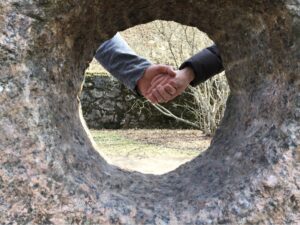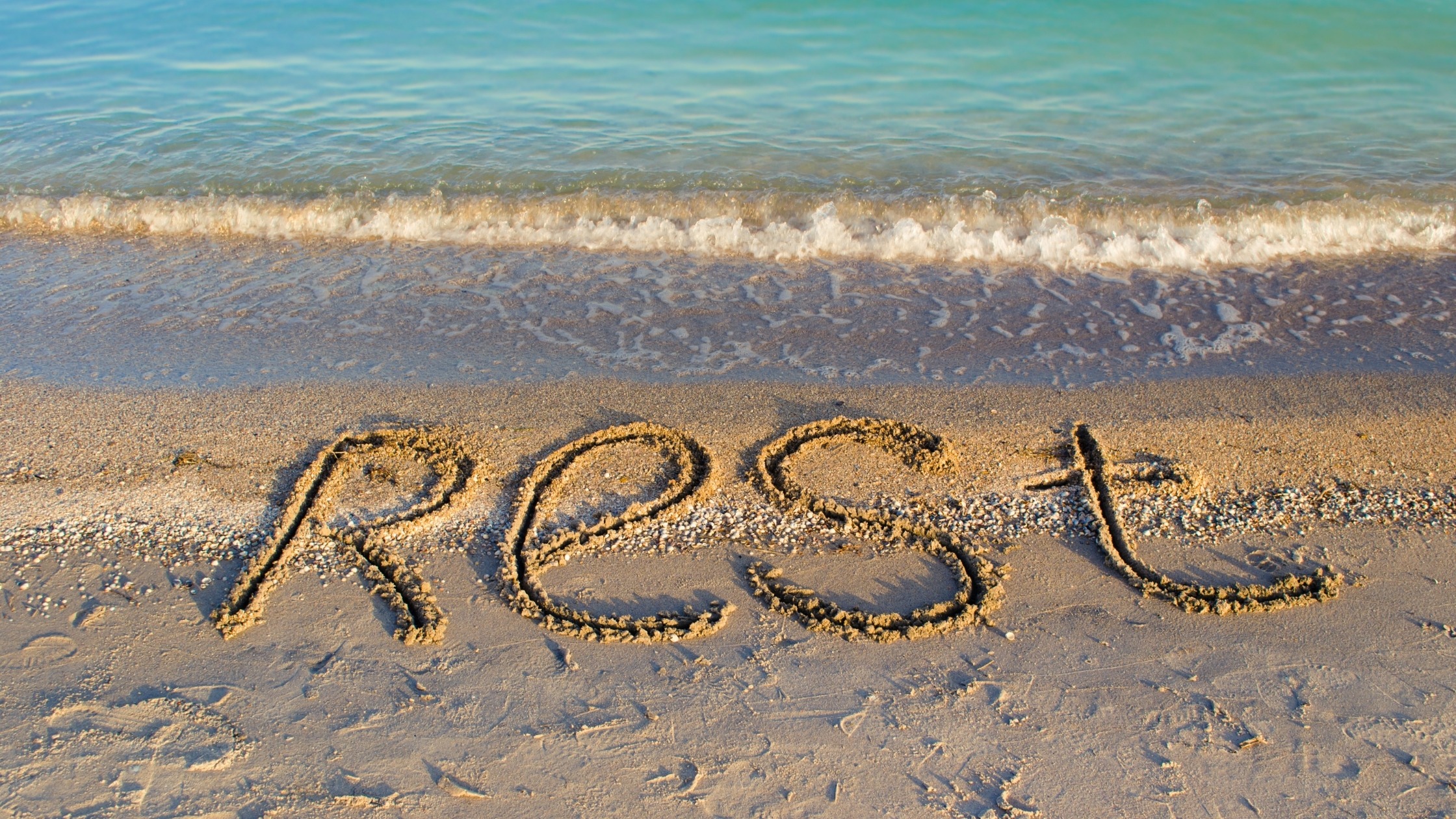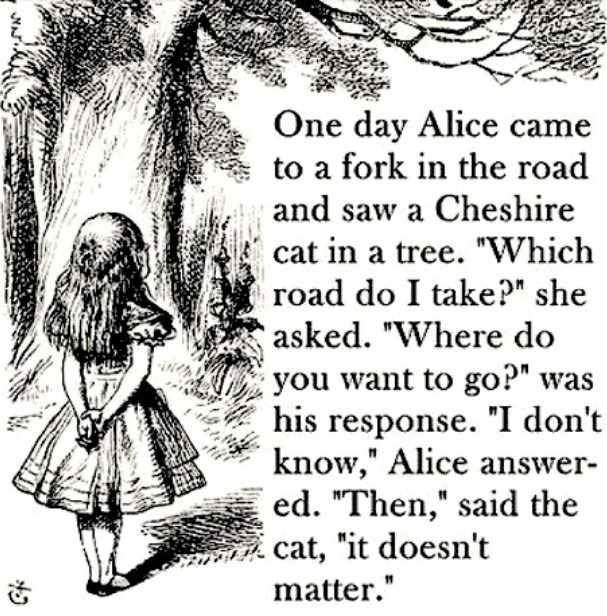Christmas and summer are usually the stars of the team event season. Why not add Halloween, Mental Health Month or Baking Day to your list of celebrations?
It makes sense to celebrate at the end of the year: you can summarize team results, make plans for the new season and dance. A Christmas party sounds completely logical. A Halloween ball or a Valentine’s Day party might seem a bit too much. But why? Every event doesn’t have to be a big gala – you can also find simple ways to celebrate with your team, with equally memorable results!
Why celebrate?

Celebration activates greater well-being in the brain. In addition to personal well-being, celebrating together also benefits the whole group: mirror neurons in the brain reflect the emotions and mood of those around us. If someone close to us practices gratitude, for example, it starts to have a positive effect on our own well-being too. Subconsciously mirroring the celebration of others, we feel the same joy ourselves. In addition to the feeling of well-being from the same good mood, mirror neurons also help us feel closer to our peers. Isn’t it good to be part of a team where you feel well-being and closeness with your colleagues?
Now that the big reason is known, you can consciously start looking for events, anniversaries and theme months with which to train the habit of celebration. Soon we will share a calendar we created, where we will highlight both well-known and curious theme days and months with ways to celebrate them!
How to celebrate?
First, think about what you want to achieve. Is it enough to create a pleasant atmosphere, do you want to achieve better cooperation, or do you want to make new plans in addition to the celebration? Sometimes the combination is beneficial, because the good energy from celebrating creates a nice vibe for setting next steps. However, celebrating is valuable on its own as well, so think carefully if it is enough, or if it is worth combining the celebration with other activities.
How do you decide whether to just celebrate or do something else? If it is, for example, birthdays or an achievement in someone’s personal life, then simply celebrate! Nothing else needed. However, if there is reason to celebrate good results in the team or in the whole organization, then it makes sense to link the celebration with setting new steps so that good results can be celebrated again soon.
What to celebrate?
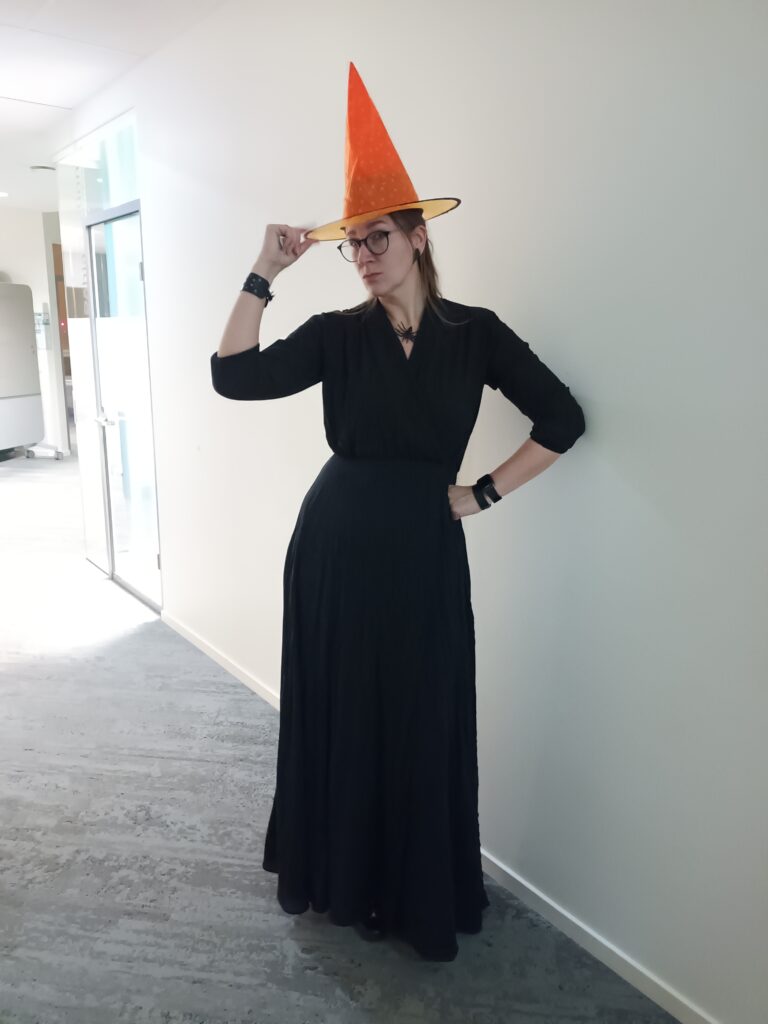
For instance, on Baking Day, you could simply all meet in the office kitchen and bake something together. It doesn’t take much time or money to put some cookie dough in the oven to then decorate the results with fun faces or your team values. Or, do something good by compiling healthy recipes to send to Food Bank clients with our Recipe for Kindness.
Before Valentine’s Day, you can make cards together. Yes, just like in art class at school, but with your own approach! Instead of regular cards you could make origami animals for each other or your loved ones and write down how you appreciate their fox-like smarts or their hedgehog-like wisdom.
Halloween, however, offers the opportunity to decorate the entire office with skulls and spider webs (just make sure they’re not the real ones!) In addition, you can increase team spirit with fun games like Quickfire Halloween or Haunted House, which we offer in both online and live versions. You can also order the skulls and other curious decorations from us!

And even though October is officially Mental Health Month, it’s definitely one topic you can work on year-round. To open up the mindfulness and mental health topic you can use our Wellbeing method, which invites participants to present their favorite yoga poses, create healthy recipes and write down good thoughts, so that on every random Tuesday there is a good idea to take from the team gratitude jar!
We will soon introduce the whole year’s calendar with awesome theme days and months with ideas on how to celebrate them! Keep an eye on our pages on LinkedIn, Facebook and Instagram! Of course, you can already start by celebrating your company’s birthday and making plans for a Christmas event. For the latter, you can get ideas from our client event in Tallinn on November 6th. We will be discussing ideas for celebrating Christmas together! You are most welcome (provided we all survive Halloween…) if Estonian is your working language. Or let us know if we should add an English event too.


